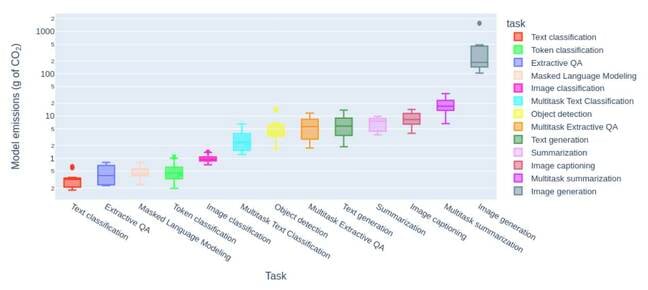City lawmakers in Brazil have enacted what appears to be the nation’s first legislation written entirely by artificial intelligence — even if they didn’t know it at the time.
The experimental ordinance was passed in October in the southern city of Porto Alegre and city councilman Ramiro Rosário revealed this week that it was written by a chatbot, sparking objections and raising questions about the role of artificial intelligence in public policy.
Rosário told The Associated Press that he asked OpenAI’s chatbot ChatGPT to craft a proposal to prevent the city from charging taxpayers to replace water consumption meters if they are stolen. He then presented it to his 35 peers on the council without making a single change or even letting them know about its unprecedented origin.
“If I had revealed it before, the proposal certainly wouldn’t even have been taken to a vote,” Rosário told the AP by phone on Thursday. The 36-member council approved it unanimously and the ordinance went into effect on Nov. 23.
“It would be unfair to the population to run the risk of the project not being approved simply because it was written by artificial intelligence,” he added.
[…]
“We want work that is ChatGPT generated to be watermarked,” he said, adding that the use of artificial intelligence to help draft new laws is inevitable. “I’m in favor of people using ChatGPT to write bills as long as it’s clear.”
There was no such transparency for Rosário’s proposal in Porto Alegre. Sossmeier said Rosário did not inform fellow council members that ChatGPT had written the proposal.
Keeping the proposal’s origin secret was intentional. Rosário told the AP his objective was not just to resolve a local issue, but also to spark a debate. He said he entered a 49-word prompt into ChatGPT and it returned the full draft proposal within seconds, including justifications.
[…]
And the council president, who initially decried the method, already appears to have been swayed.
“I changed my mind,” Sossmeier said. “I started to read more in depth and saw that, unfortunately or fortunately, this is going to be a trend.”
Source: Brazillian city enacts an ordinance that was written by ChatGPT | AP News

